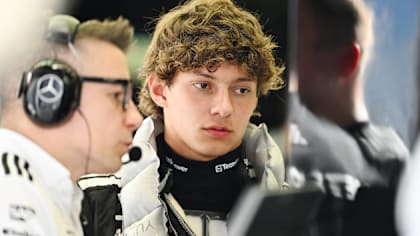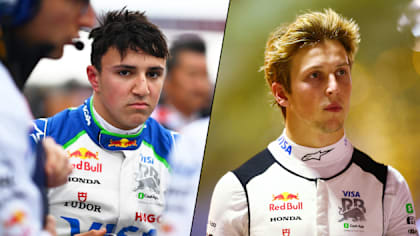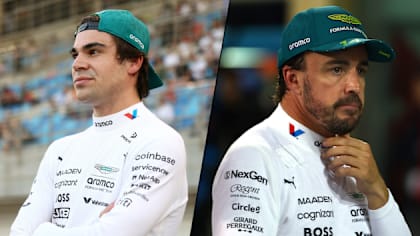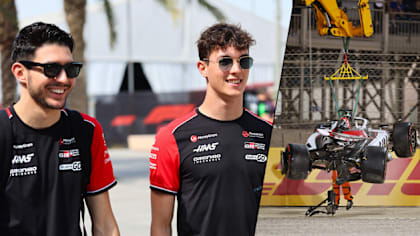
18 - 20 April
Feature
MONDAY MORNING DEBRIEF: How did Mercedes go from an 'undriveable' car to the podium in Canada?

Share

What happened to the awful hopping, bouncing Mercedes of Friday in Montreal? How did it become the stable, more civilised drive of Saturday and Sunday, one which enabled Lewis Hamilton and George Russell to finish a strong third and fourth?
The set-up
Hamilton didn’t even complete his long run on Friday, so bad was the car as he tried another experimental set-up, with the team using his experience to assess the situation as Russell stayed with a more conventional trim.
READ MORE: Hamilton says there’s ‘more to come’ after claiming first podium since Bahrain in Canada
Pulling together the data from both set-ups led the team to increase the rear ride height and soften off the suspension to alleviate the bouncing. Russell hadn’t been as unhappy with his W13 on Friday but still found the revised set-up an improvement, though he didn’t see that as any sort of breakthrough.
“The porpoising wasn’t that bad,” he said, “but it’s still smashing up and down on the ground as we were in Baku. It’s definitely less extreme just because of the nature of the circuit, the lower speed, but the overall inherent issues are far from being resolved.
“We’ve run high, we’ve run low. The performance hasn’t improved or decreased, and the stiffness or the bottoming hasn’t really changed. Even when you run high, you have different effects. When you run low, you have different effects. It’s a really tricky situation to get on top of.”
SIDE-BY-SIDE: Watch as Hamilton and Magnussen battle it out at the race start in Canada
“The potential is truly there if we can get the set-up, right,” said Hamilton, “and I think that's been the most difficult thing this year: really trying to optimise the set-up. The window for this car is much, much smaller than any other car we've experienced.
“We tried two different avenues [on Friday] and the avenue I was down was dreadful. So, we collated all the data we had and made drastic changes to the set-up. And it was much, much, much nicer today. More in line with what we anticipated and it was good. When you get a full race distance in, you find a lot of things out about the car and the relationship you have with the car and data etc. So, there's a lot to take from today.”
In the knowledge that qualifying was set to be wet and the race dry, Mercedes split their rear wing options. Russell got a bigger rear wing to help with qualifying, in the knowledge that the lower straight-line speed would likely make things difficult in the dry of race day. Hamilton’s wing choice was made in the full expectation of it being slower in qualifying but faster in the race.
As it happened, Russell’s brave but doomed attempt at using slicks as a dry line began to appear at the end of Q3 meant he started four places behind Hamilton.
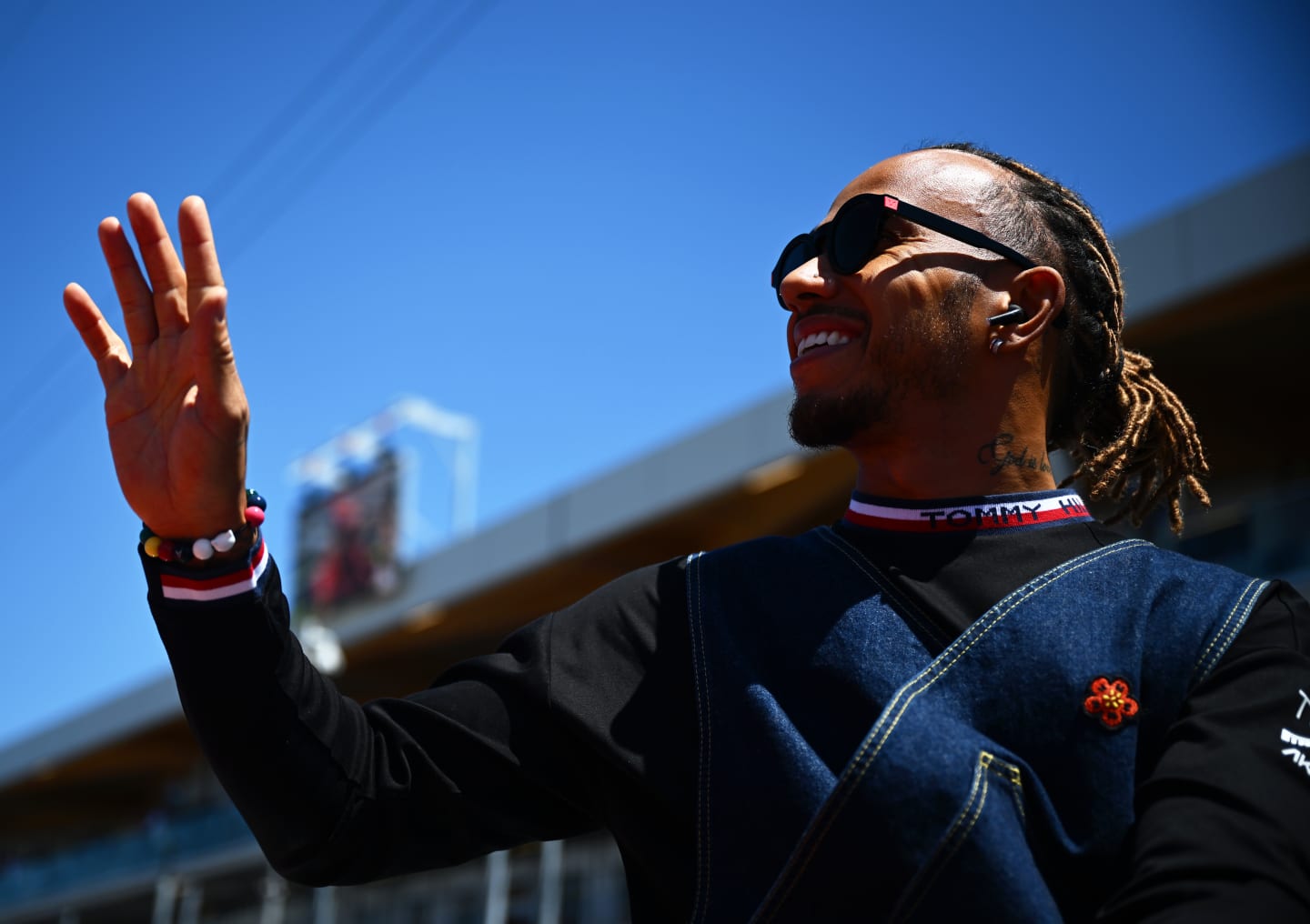
A first podium for Hamilton since Bahrain, he seemed happier in the W13 than he has of late
That was the bad news for Russell. The good news was that the expected penalty of the bigger wing on Sunday didn’t play out. The tailwind down the back straight and pit straight was strong enough not to make things too punishing. It also helped that by chance Russell was never in the position of trying to pass or prevent himself being passed. He could just take the lap time and tyre benefits without the downsides.
“The track grip was far greater than I expected,” he said. “We took a bit of risk and we thought the track resetting after the rain yesterday, high degradation, the bigger wing would have been good. But with the change of wind direction, the grip was really strong today.”
READ MORE: Alonso drops from P7 to P9 after being hit with five-second time penalty in Montreal
Circuit differences
The car performed much better than in the previous race at Baku, even though there are certain similarities in the demands of the two tracks.
Mercedes believe there are two contributing factors differentiating the performance. The first is that there are none of the fast long-duration corners like those of Turns 13/14/15 in Baku, which is where the W13 was losing most of its lap time.
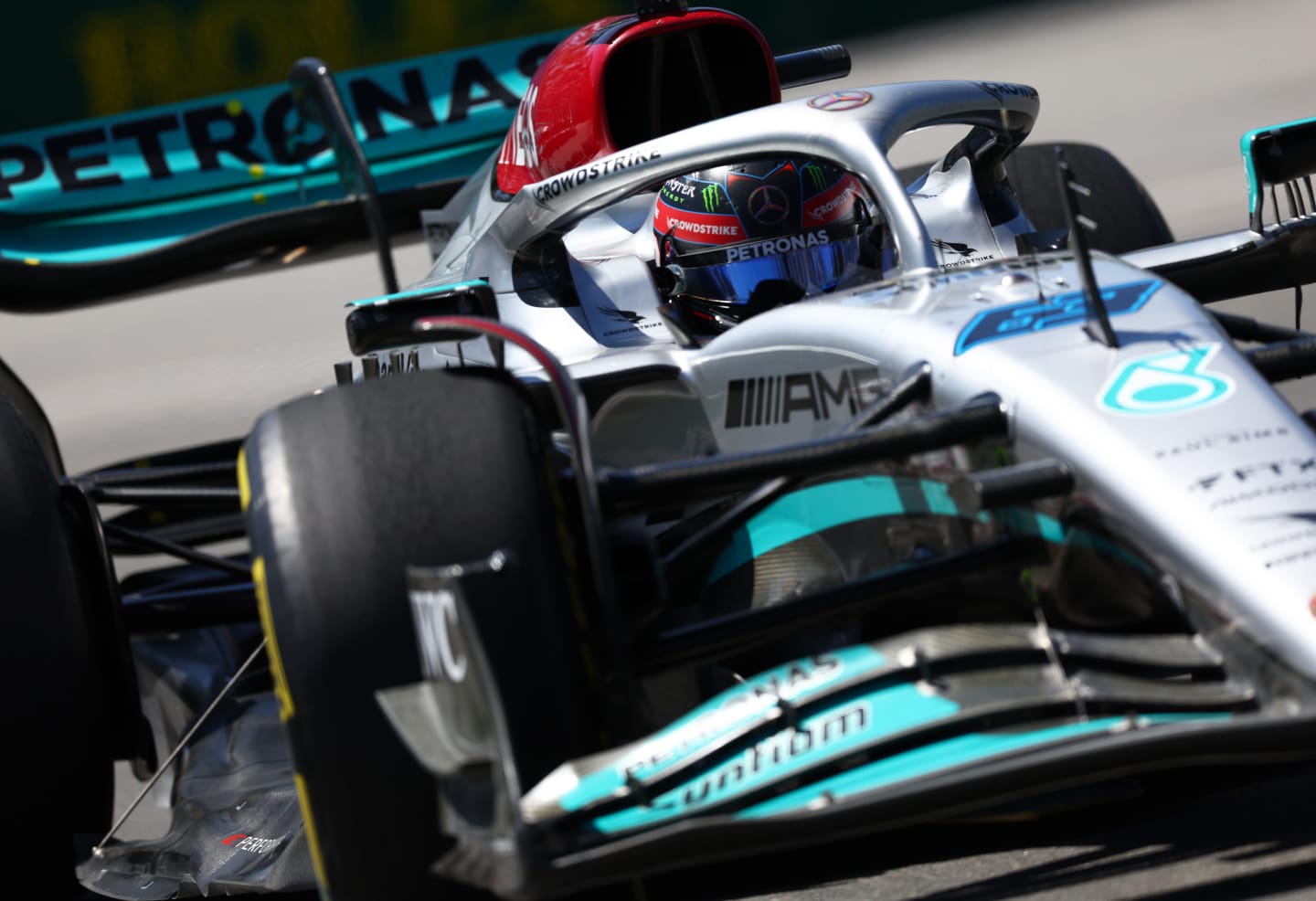
Russell managed to climb from eighth on the grid to fourth at the flag
Yet the car performed very well at Barcelona, a track with plenty of fast, long-duration corners. But they are smoothly-surfaced, unlike Baku. Montreal had several new sections of smooth tarmac laid and it was notable that the car seemed to respond well to those parts.
How fast was it?
Towards the end of the stints, Hamilton and Russell were able to set times within a couple of tenths of those being set by Max Verstappen’s Red Bull and Carlos Sainz’s Ferrari, which were battling for the lead.
But it was a misleading picture. Its ultimate pace deficit remained at around 0.8s per lap but the high tyre degradation on the day and the hard pace Verstappen and Sainz were forcing on each other meant the Merc’s tyre performance was better. Hamilton and Russell were not in wheel-to-wheel combat and could run their races at the most efficient pace, whereas Verstappen and Sainz were simply trying to be in front of the other.
“At the end, our race pace was definitely the closest it’s been all season,” said Russell, “so we’ll take the positives. But the inherent performance is still far from where we want to be.”
YOU MIGHT ALSO LIKE
News Antonelli left ‘confused’ by Bahrain strategy calls as three-stop strategy sees rookie miss out on points
News Racing Bulls’ Hadjar reveals the ‘disaster’ that compromised his Bahrain race as Lawson defends himself over brace of penalties
News Stroll calls Bahrain a ‘tough weekend’ for Aston Martin as Alonso admits he 'didn't have the pace'
News Haas drivers ‘really proud’ of double-points finish in Bahrain as Ocon pleased to atone for Qualifying crash





